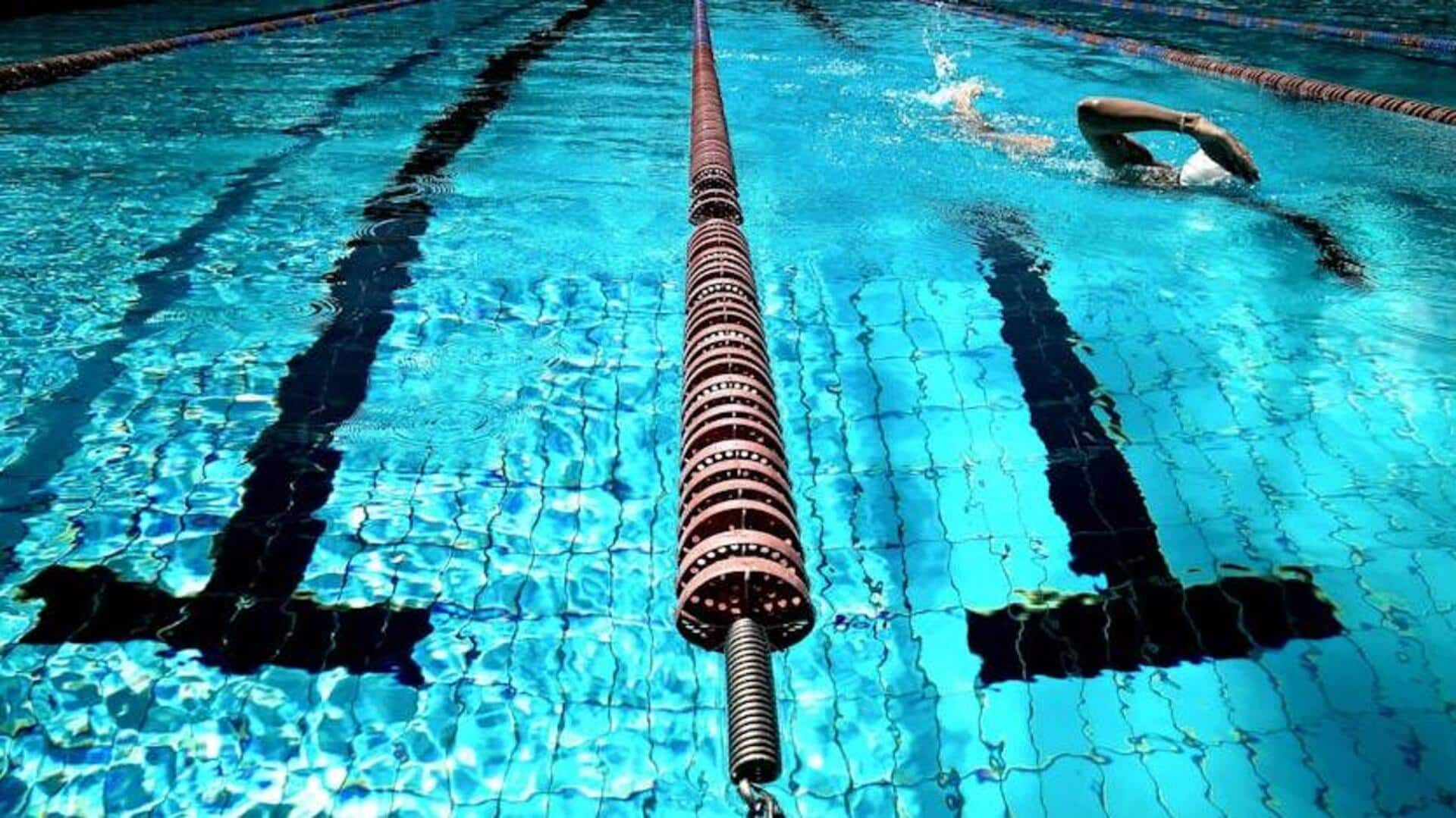
Graceful beginnings in synchronized swimming
What's the story
Synchronized swimming is a mesmerizing sport that blends swimming, dance, and gymnastics. It demands strength, flexibility, rhythm, and impeccable coordination with your team. This aquatic ballet isn't just about executing routines in water; it's about crafting poetry in motion, radiating grace and elegance with every ripple and wave. For novice mermaids and mermen eager to dive into this unique sport, getting started can be both thrilling and daunting.
Tip 1
Mastering the basics first
Before you try any fancy moves or routines, make sure you have the basics down. Being super comfortable in the water is key for synchro. Learn how to float, tread water like a boss, and do all the basic swim strokes. Once you have these skills, you'll feel confident and ready to tackle the cool stuff in synchro.
Tip 2
Building your breath control
Breath control is essential in synchronized swimming. Novices are advised to practice holding their breath while moving underwater. This will enhance lung capacity and help you become more comfortable with underwater routines. Initially, hold your breath for short durations, like a few seconds, and then progressively extend this time as you gain comfort. This ability will prove extremely beneficial during routines that necessitate long periods beneath the surface.
Tip 3
Enhancing flexibility and strength
Synchronized swimmers require extraordinary flexibility and strength to execute complex movements with grace and precision. Include stretching exercises in your daily regimen to enhance flexibility in your legs, back, and shoulders. Also, perform strength training exercises with an emphasis on core muscles. A robust core is crucial for sustaining balance and performing intricate movements in the water.
Tip 4
Practicing rhythmic coordination
Feeling the rhythm and moving with the music is super important in synchro. Beginners need to get comfortable with keeping time to music, both in and out of the water. Clap along or tap your feet to different beats. This helps develop a natural sense of timing, which is really important for matching your moves with your team during routines.